|
I have temporarily deactivated my Facebook account. Catch me here.
I encountered a glitch in the event software that makes me really mad. This is the time of year for hawk migrations. You can read my article on hawk watching on the website of Appalachian Voices newspaper. https://appvoices.org/2021/02/26/counting-hawks/
Unknown Territory This piece is a response to "The Greatest Nature Essay Ever" by Brian Doyle at: https://orionmagazine.org/article/the-greatest-nature-essay-ever. The word "greatest" leads into the treacherous ground of superlatives. With overuse, superlatives have a numbing effect, a tendency to produce a "so what?' response. They also have the overtones of arrogance, advertising, and P.T. Barnum coming to town with his circus, "The Greatest Show on Earth.". I had never heard of Brian Doyle before, which may have led me to the first impression of arrogance. Greatest nature essay ever? From an author of whom I have never heard? Having read the piece, I have changed my mind. I like his work and now want to read more of it. That said, Brian Doyle has given us a fine essay on the art of essay writing. After my initial response to the word "greatest," I calmed down and found five paragraphs of genuine, perhaps gently humorous views on what should happen in such an essay. First, the piece must get the reader's attention, not in the sensationalist terms of the news headline, but in a way that takes the readers out of themselves and into the healing arms of nature. In her poem, "The Speed of Darkness," Muriel Rukeyser said, "The world is made of stories, not atoms." She then spins the reader into her world of pain. This is what Doyle proposes the following few paragraphs should do but in the realm of nature. The beauty unfolds, but a threat to the natural world is unveiled. He then states that the writer should "tiptoe" back to the gently unfolding story without sermonizing or grandiose conclusions. The essay should end with the reader aware of a tapestry of beauty with dark threads of threat interwoven into a cloth of hope. Some reviewers have said that his essay meets its criteria and is, in fact, "The Greatest Nature Essay Ever." This makes the piece a "meta-essay," a work written in the form it describes, much like the "Ars Poetica" of Horace. The work founded a school of poetics. It is usually translated into prose, and the full text appears on the website of the American Poetry Foundation. Here is a brief sample: "Ye who write, make choice of a subject suitable to your abilities; and revolve in your thoughts a considerable time what your strength declines, and what it is able to support. Neither elegance of style, nor a perspicuous disposition, shall desert the man, by whom the subject matter is chosen judiciously." Doyle's essay might have led me to the conclusion that I have read very few nature essays. Please make no mistake; I have read extensively from the works of naturalists. I have read Thoreau's Waldon and Cape Cod, Annie Dillard's Pulitzer Prize-winning Pilgrim at Tinker Creek, and Peter Matthiessen's National Book Award-winning book, The Snow Leopard. This reasoning led me to reconsider "The Cowboy and his Cow" by Edward Abbey. The piece is self-aware in that Abbey recorded the audience's reactions to a reading of the essay. His parenthetical records include the concluding words, "gunshots in parking lot." His physical location at the reading, in Wyoming cattle country, as he criticizes government subsidized grazing land, guaranteed a hostile response. Abbey's piece is not an essay, however. It is a polemic, best described as contentious rhetoric intended to support a position and undermine the opposing position. Much of what is broadcast on "talk radio" is polemical. Abbey's devotion to the land left no room for middle ground. As such, it violates Doyle's dictum of "no sermonizing." "The Dead Man at Grandview Point," a chapter in his book Desert Solitaire, achieves a lyric quality and meets some criteria of essays, though not all of Doyle's, indeed not the short length. I once prepared a profile of Abbey for the environmentalist tabloid Hellbender Press, named for a large species of Salamander. I quoted some material from the Grandview Point portion of his book. So, I find Doyle's comments helpful but not an exclusive set of criteria for writing nature essays. The self-aware aspect of the work is interesting. I suppose the phrase "in the flow" might describe its opposite. It matches the ancient Greek term of Kairos as opposed to Chronos. Chronos is the ordinary time kept by a clock or chronometer. Kairos is sometimes described as "the opportune moment" but can also mean sacred time. It is the time in which hours pass unnoticed. It is the intersection of the divine with the ordinary. I find my nature observation and journaling to be more Kairos than Chronos. I fish in a river, observe the wildlife in a marsh, or investigate the wildflowers in a wood lot with no awareness of time. When I have reached some sense of completion, I realize that the morning is gone. This also happens when I am writing. The alarms on my cell phone help me with keeping appointments. In her book of essays, Upstream, Mary Oliver says that writing will make you late for meetings and wake you up in the middle of the night. This is another way of seeing my intent here. I am unable to separate the comments from personal experience. For me, the concept of self-aware observation or journaling contradicts the sense of wonder. For others, that sense of wonder might be retained even as they notice their reactions to their observations and writings. I might hope to reach that state, but it does not seem possible now. September 2019
This morning I shared my table with a tiny gray spider, perhaps a quarter inch long. The spider was fully formed, as arachnids are even at hatching. I am tempted to say that it was an adult, given the time of year, but the unseasonably hot days of September make the statement less confident. The spider seemed indisposed to stay, crossing to the far end of my table. When I interposed my pen in the path, the arachnid raised the front pair of legs for a tactile examination. Not interested, the spider turned back toward me. When I placed an open book in the path, the spider climbed onto the page with its world map. Uninterested in the land masses of North and South America, the intrepid spider crossed the Pacific Ocean north to south. Not satisfied with this adventure, the spider crossed to the opposing page, which held a world map illustrated with time zones. Continuing its southerly movement, the spider followed the Hawaii/Tahiti time zone, which includes a bit of Alaska, a vast land mass that crosses three time zones. My spider showed interest in none of these distant lands, simply traveling across Hawaii and Tahiti. It did not enter the adjacent Alaska Time Zone or the Samoa Time Zone. I suppose there is something to be said for singleness of purpose. When I interposed my pen again, this spider happily accepted a ride down to the porch floor and went on spidering. 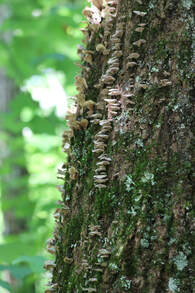 Moody Forest: A Review Moody Forest is the story of a forest and swamp on the banks of the Altamaha River. A remarkable family preserved this gem, but it was nearly lost when Miss Elizabeth Moody, the last of the three heirs that had held the forest in trust, died in her ninth decade. The forest became part of her estate with numerous heirs who decided to sell the land. Janice Ray edited this unique book, which includes stories written by family members and friends who had known Miss Elizabeth and her brothers. She also wrote a portion of the book which reveals how several timber companies bid on the land, but The Nature Conservancy outbid them all. Ray also speaks of visiting Miss Elizabeth in her home during her final years. The other stories in the book give the history of the land and the family. Some speak of wildlife sightings, and one tells of a famous hunting dog. Monochrome photos show Longleaf Pine trees 200 years and older and Cypress as much as 600 years old. Much of the forest had never been logged, and even one of the loggers who cut part of it to pay estate taxes spoke of how losing it would be a shame. That loss was avoided, and portions of Moody Forest are open for public use today. I hope to see it someday. Although I have visited a primeval tulip tree forest, I have never seen a mature longleaf pine or cypress forest. |
Archives
April 2024
Categories |
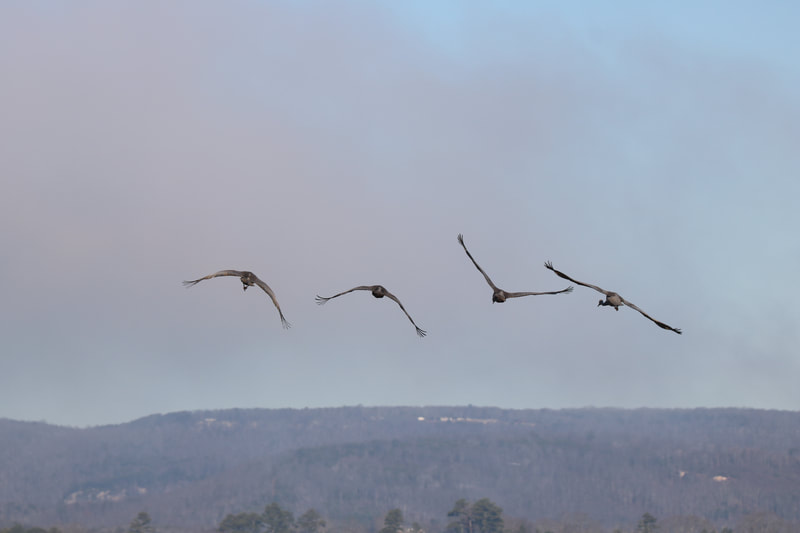
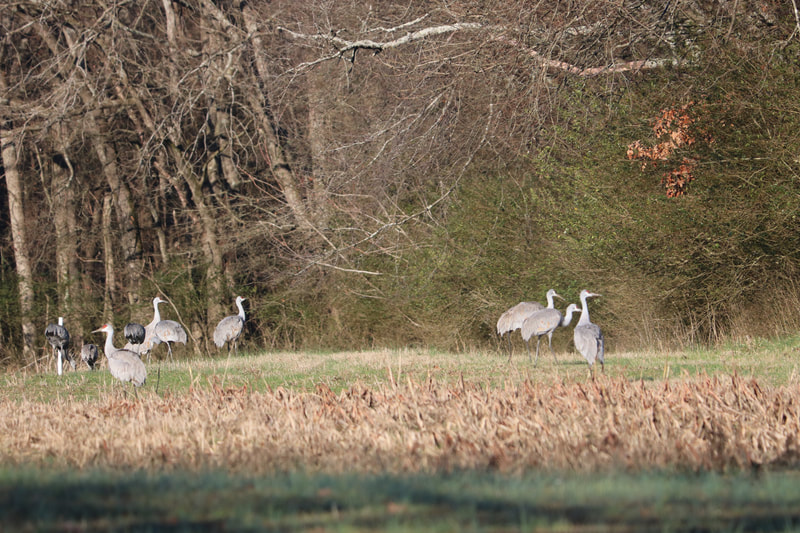
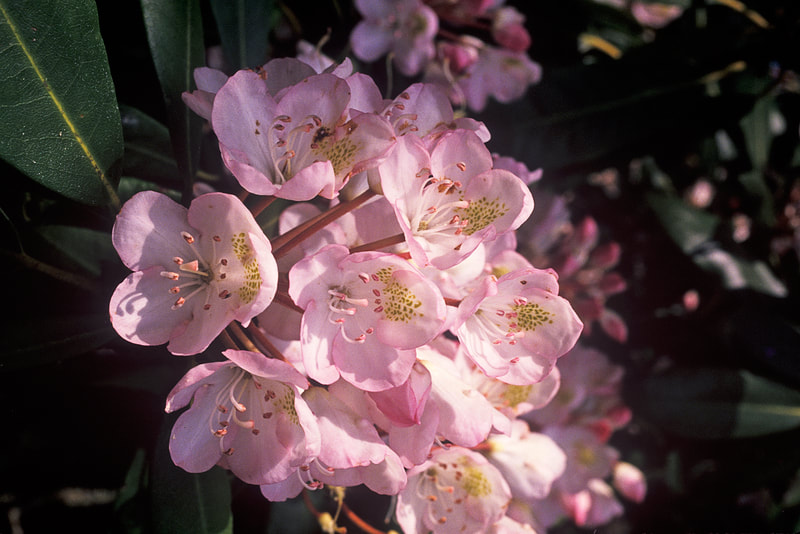
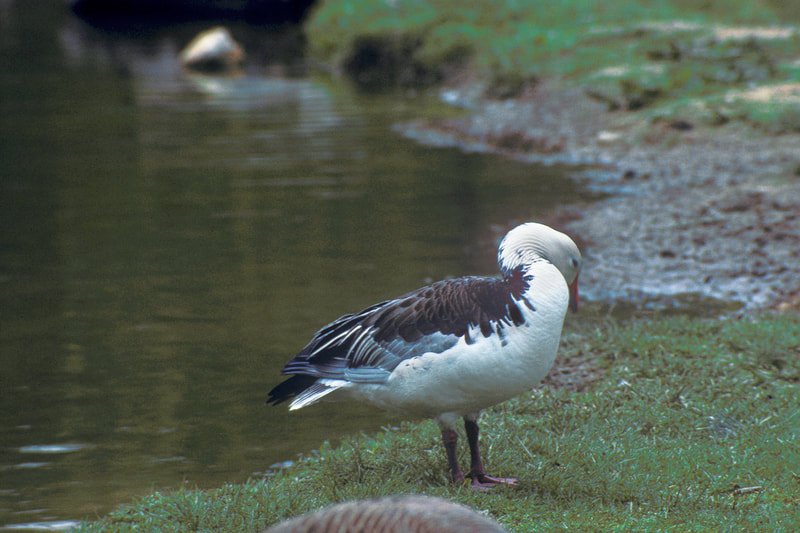
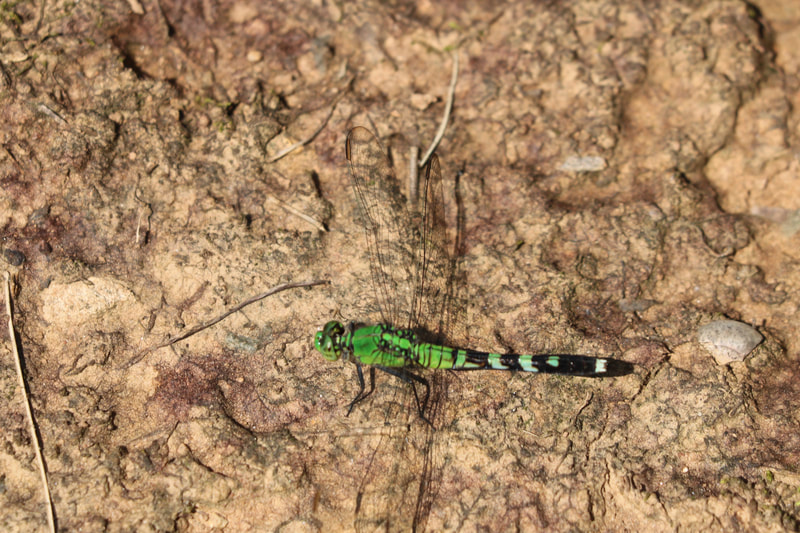
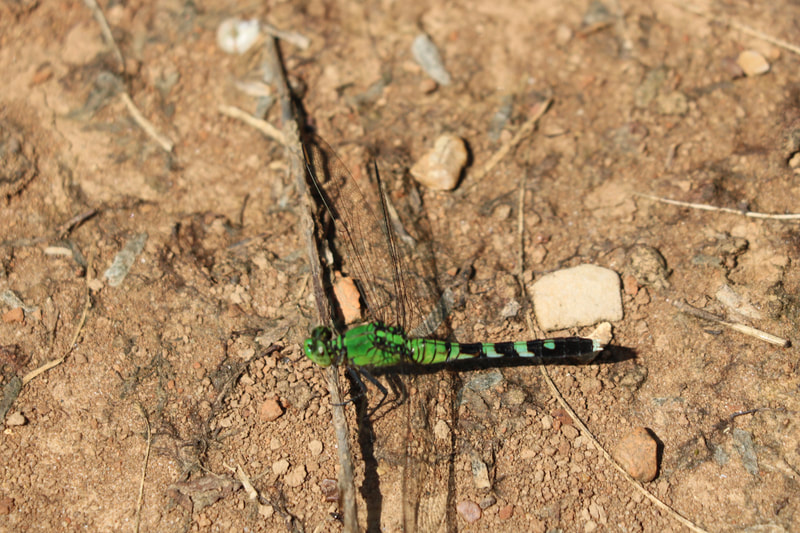
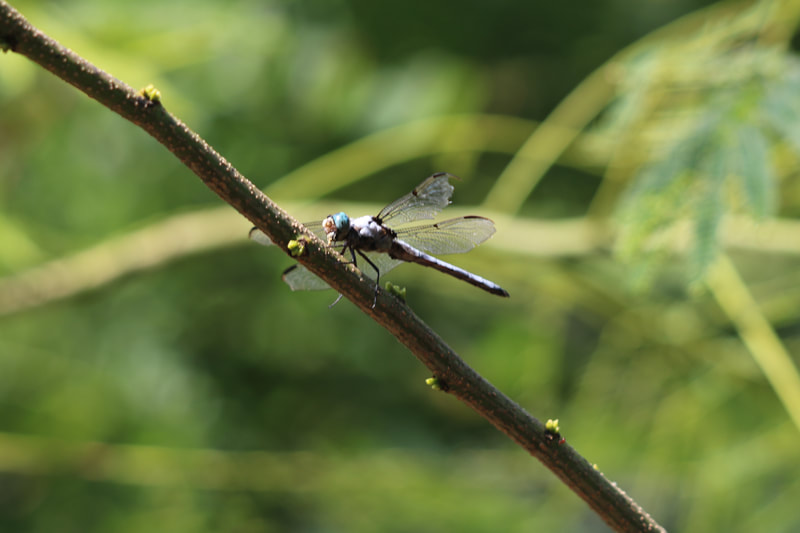
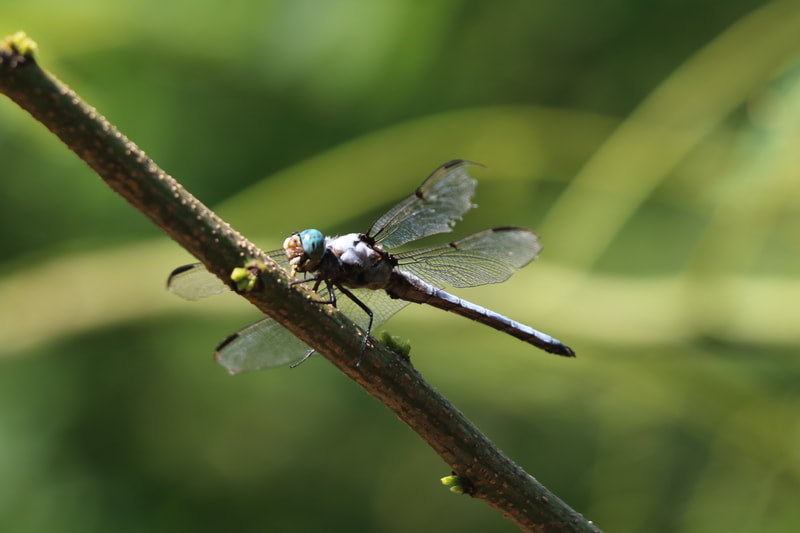
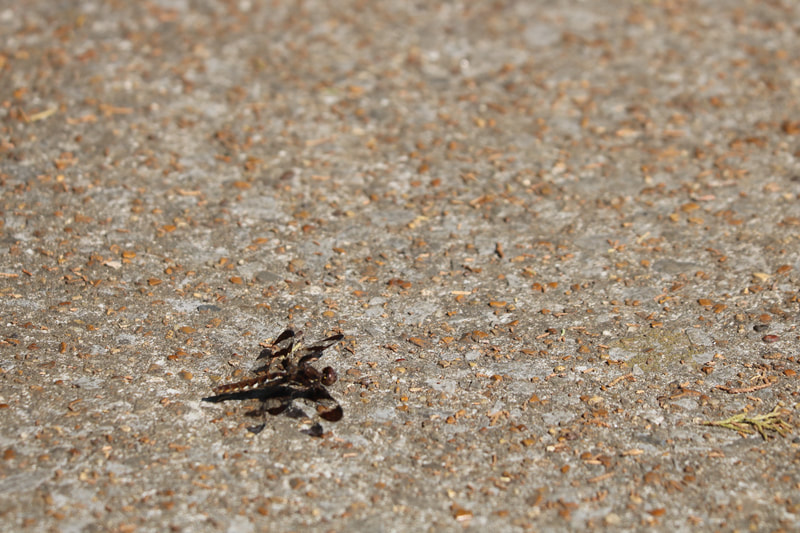
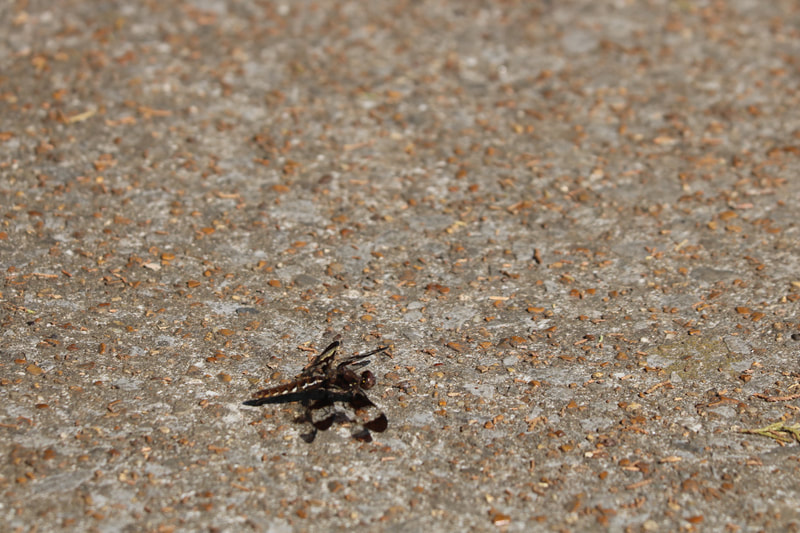
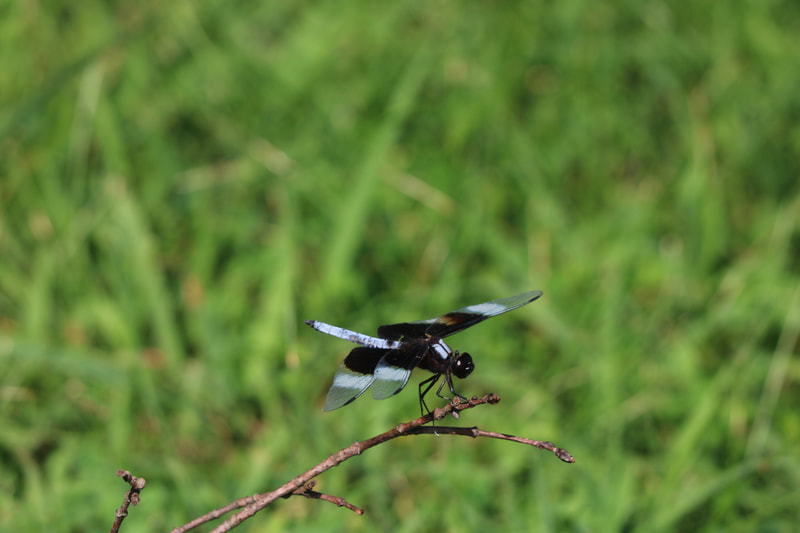
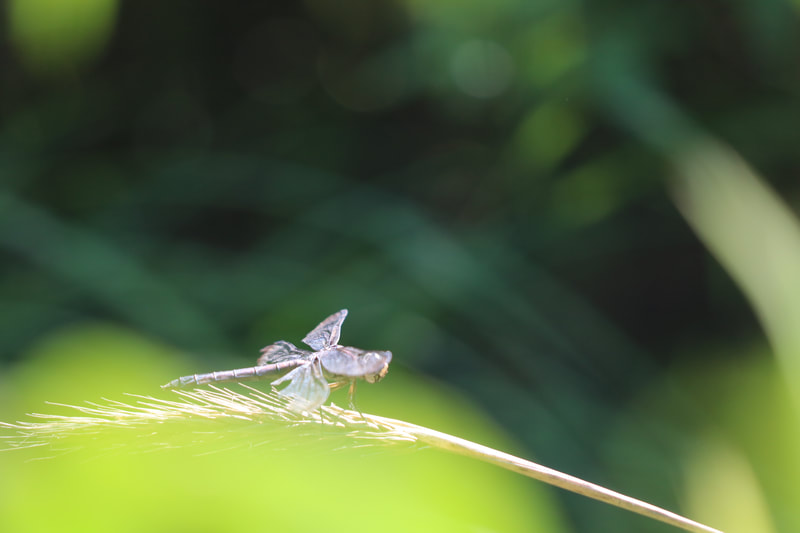
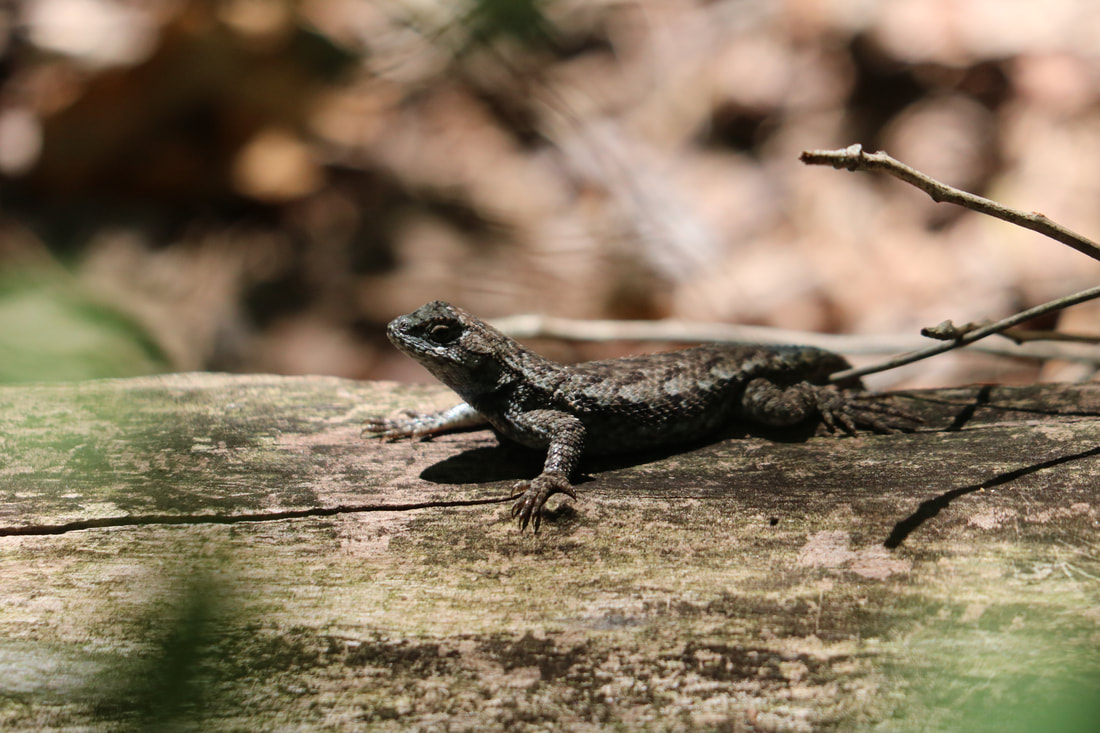
 RSS Feed
RSS Feed